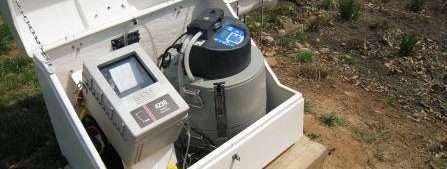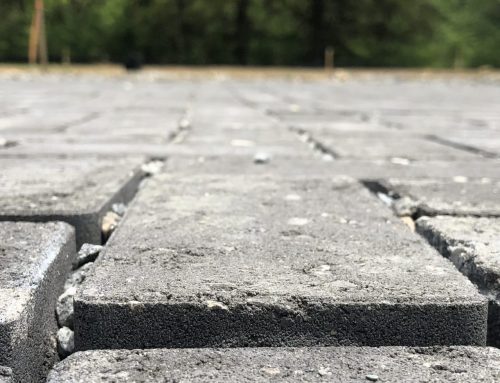When compared to other water pollution sectors, addressing stormwater pollution remains a relatively young discipline. Our collective knowledge of stormwater BMP performance is comprised of a patchwork of studies that relies upon many different methods and protocols in arriving at the reported results. While we have undoubtedly learned a lot about many different types of BMPs, many unknowns remain and comparing different types of BMPs side by side can be particularly difficult as a result of differences in monitoring methodology. There are numerous variables that can impact actual BMP performance as well as our ability to accurately measure said performance.
As a result of regulatory process, we often tend to think of BMP performance as absolute. Despite what a BMP manual or computer model might suggest, a given BMP will not perform the same on site A as it does on site B. Additionally, any change in how we handle key variables, like sampling procedures, particle size analysis, analytical methods or data analysis can significantly influence the end results of a study. Contributing to this variability are numerous site and storm specific variables that yield massive variations in measured performance for the same BMP at different locations as well as from one storm to the next at the same location.
With so much uncertainty and so many variables to consider, it’s wise that we collectively give the subject of BMP performance and monitoring the attention it deserves. As the regulatory stakes are continuously raised in our effort to restore receiving waters, the presumption of performance isn’t going to cut it. When we apply a blanket level of pollutant removal credit to a given class of BMP and assume it is achieving that level of pollutant removal anytime it is deployed, we are being overly optimistic. The proof will ultimately be in the health and restoration of our watersheds, so it seems logical that we should thoroughly vet and understand all types of BMPs in a consistent, scientific manor prior to investing what will ultimately amount to many billions of dollars deploying and maintaining them.
As a starting point, all BMPs should be evaluated in a consistent manner using the most scientifically defensible methods. For example, if we want an accurate depiction of solids removal, it’s time to acknowledge once and for all that the SSC method provides far more insight than the TSS method. While the academic/research community widely agrees a change is warranted, we are bound by regulatory and permit language that has not caught up with the science. Agreeing on a consistent BMP performance evaluation process that can be applied to all BMPs, whether they are green, gray or otherwise, remains a longstanding need.
Secondly, we should revisit the pollutant removal ratings applied to many of our traditional land-based BMPs to ensure the ratings are consistent with the collective body of research available for these BMPs. It is important that we take care to apply conservative performance ratings to increase the probability that a BMP is meeting expectations on any given site.
Stormwater runoff remains one of the largest contributors of pollutants to our receiving waters and restoring those waters will require deploying a diverse suite of thoroughly and consistently vetted BMPs, in which we are confident in the results.
Written by the Stormwater Equipment Manufacturers Association (SWEMA). The mission of the Stormwater Equipment Manufacturers Association is to be the leader in advocating sustainable and effective solutions for stormwater quality through educational outreach to regulators, design professionals, developers, and other stakeholders in clean water initiatives. http://www.stormwaterassociation.com/
 Derek Berg, Contech Engineered Solutions
Derek Berg, Contech Engineered Solutions
Mr. Berg is currently a regulatory manager at Contech Engineered Solutions where he spends much of his time interfacing with public agencies on stormwater management matters. Mr. Berg is a Certified Professional in Stormwater Quality (CPSWQ) with over 12 years of experience in various technical roles specific to stormwater management, including new product development and BMP performance evaluation. He holds a Bachelors degree in Environmental Science and Policy with a concentration in applied ecology and a minor in biology as well as an MBA from the University of Southern Maine.






